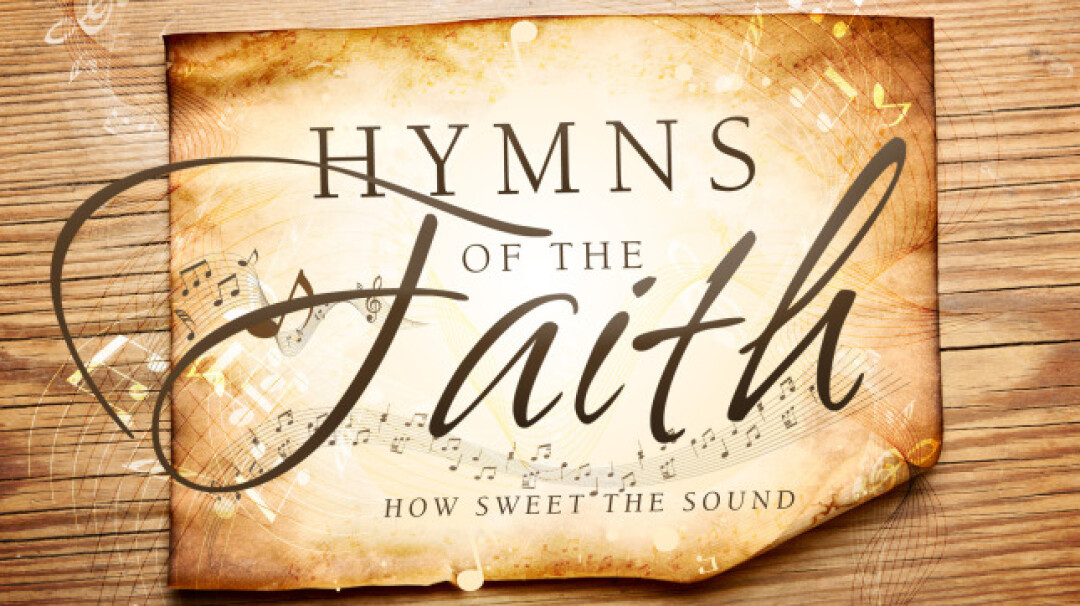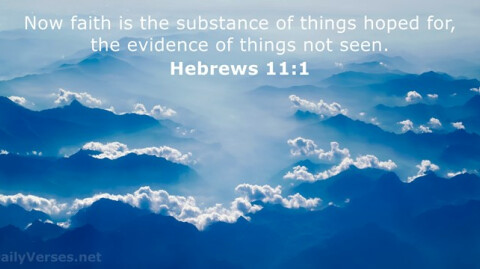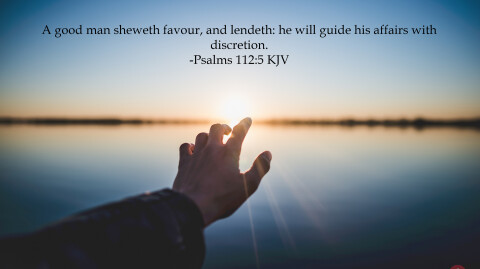

"Gather us in"
Marty Haugen
The Faith We Sing, No. 2236
The Pender UMC Traditional Service Opening Hymn "Gather Us In" on Pentecost Sunday June 5, 2022 was accompanied by Liz Sellers on piano, Brian Stevenson on guitar and sung by the Pender Sanctuary Choir and Congregation.
Marty Haugen (b. 1950) is perhaps the most prolific and influential composer of liturgical music of his generation. His hymns, psalm settings and paraphrases, services set to music, and anthems are widely used in both Protestant and Roman Catholic congregations around the world.
Born in Eagan, Minn., Mr. Haugen now has over 400 compositions in print. Though United Church of Christ by denominational affiliation, his music is widely used by Lutherans and Catholics where he makes regular appearances in congregations and conferences.
In addition to his compositions, he maintains a busy travel schedule, offering conferences throughout North America, Europe, the Pacific Rim, Asia and Central America for church musicians interested in worship renewal, especially in light of the reforms of the Second Vatican Council (1962-’65).
Though he received a degree in psychology from Luther College (Decorah, Iowa), he pursued a career in music. Among his best-known compositions are settings of worship services, Mass of Creation and Holden Evening Prayer. Among his most widely sung hymns are “Shepherd me, O God” (FWS 2058), “Bring forth the kingdom” (FWS 2190), “Healer of our every ill” (FWS 2213), and “Gather us in.”
“Gather us in” (1982) represents Mr. Haugen’s skill both as a poet and composer. As an opening hymn or an entrance song, it calls the ekklesia—Christian community or assembly—together. One of the themes of Vatican II is upon the community of believers and their work together for the kingdom of God.
Mr. Haugen describes his inspiration for this hymn in an email: “‘Gather Us In’ was written after I first heard the wonderful [former Jesuit Dutch theologian and poet Huub] Oosterhuis (b. 1933) text ‘What Is This Place?’ I wanted to craft something that might say a similar message to North American ears. I deliberately wrote it in second person to avoid gender issues and to more directly sing ‘to’ God rather than ‘about’ God. Ironically, that has been at times a problem for some, who would like God more carefully circumscribed and named.”
In the first stanza, we find that this community is one of hope where “new light is streaming.” It is also a community of honesty where we can bring both “our fears and our dreamings” into “the light of this day.” This is also a community of inclusiveness that includes “the lost and forsaken” and the “blind and the lame.” Regardless of who we are, we have an identity in this community as we respond to “the sound of our name” (Christian), given at our baptism.
Stanza two continues a description of this inclusive gathering: young and old, “rich and the haughty,” “proud and the strong.” Stanza two also indicates that this is a community that has a history and that the purpose of this community is to “be [a] light to the whole human race” (Matthew 5:14-16).
Stanza three articulates that this is a sacramental community where we receive the “wine and the water” and “bread of new birth.” This nourishment gives the members of this community strength “to be salt for the earth” (Matthew 5:13). The nourishment from this sacramental meal has an ethical result as we show compassion and “fashion lives that are holy and hearts that are true.”
The concluding stanza clarifies that the work of the kingdom takes place neither “in the dark of buildings confining” nor “in some heaven, light years away.” The work of the kingdom takes place now in the midst of the gathered, inclusive community.
One cannot separate the lively dance-like melody from this effective text. The modal, folk-like quality of the melody literally gives the community the sense that they have gathered in a joyful dance of celebration.
Dr. Hawn directs the sacred music program at Perkins School of Theology
Adapted from https://www.umcdiscipleship.org/resources/history-of-hymns-gather-us-in-2



